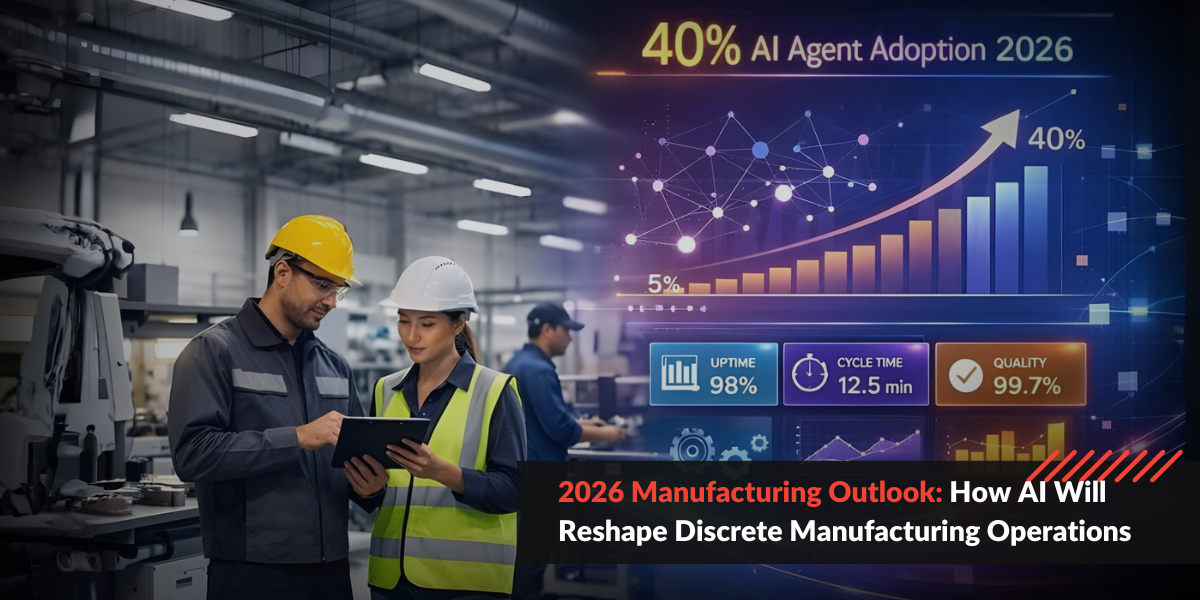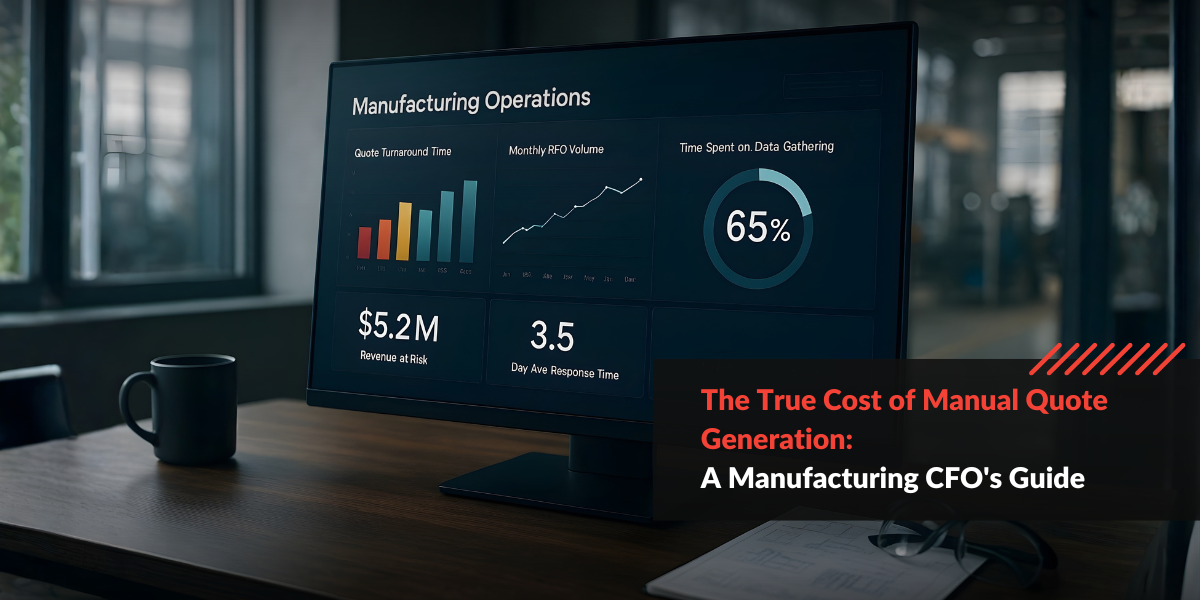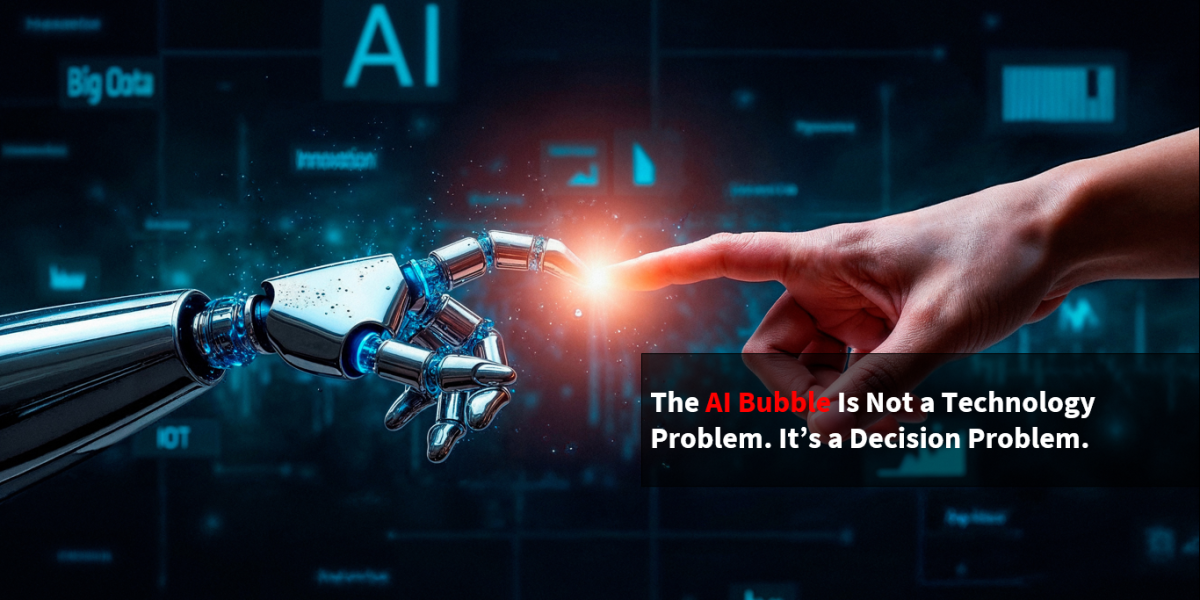When you hear the term AI, perhaps you think of driverless cars or robot assistants. Science fiction seems to be turning to reality right under our noses. However, there are a range of less glamorous but highly impactful applications of AI that are not in the limelight. These less glamorous cousins of AI applications are quietly making a big difference across a range of industries. One such application is AI powered form recognition and processing. It doesn’t sound as exciting as a driverless car that makes its own decisions, but this technology is truly changing the face of back office processing for any industry that must process forms in bulk. With massive benefits such as increased efficiency, reduced man-hours and cost-savings this technology is worth it.
The Technology
When compared to previous OCR technology that struggled with handwriting, unusual fonts and various other limitations, this new development is far more advanced. Say goodbye to classification failures, manual error correction and the need to re-scan.
For instance, RAP made significant advances while developing an AI powered form recognition application for a large BFSI (Banking, Financial Services and Insurance) client. Built for performance and efficiency, the application can handle very low-quality scans of 100 dpi. Suppose there are 20 to 200 formats of the forms required for a particular transaction type, AI powered technology can recognize and classify them with a 90% level of accuracy that is steadily improving. It uses multiple data points for classification decisions including spatial layout and algorithmic analysis. It incorporates handwriting recognition with a field-level accuracy of over 80% which is also improving. Due to machine learning, the technology learns from iterations, getting better each time it repeats a task.
Think about applying for a credit card, medical insurance or your driver’s license, and so on. There’s a long list of services and products that require paper forms to be filled out with an applicant’s writing and then processed. Although our future is increasingly digital, paper forms are still going to be around, and in large volumes.
The Advantages
Simply put, this technology speeds up the recognition and processing of forms. At the moment it can process 35,000 forms a day and the goal is to hit a peak of 100,000 forms a day. That’s a lot of paperwork to plough through fast. The advantages of this technology are that you can:
- Skyrocket efficiency with form recognition and data extraction
- Cut processing time by over 70%
- Save tens of thousands of man-hours per year
- Enjoy improved control with more accurate classification
- Accelerate the speed of business operations
- Cut costs significantly saving hundreds of thousands of dollars per year
With this technology, it becomes relatively easy to process colored forms, damaged pages and other low-quality documents. In addition, the need for manual sorting before scanning is eliminated thanks to accurate document recognition and classification. Aside from form recognition and processing this technology can also be extended to invoice processing.
Our next-gen, AI-powered content intelligence platform RAPFlow in tandem with our RPA solution RAPBot, provides end-to-end workflow automation capabilities that can be deployed in just a week. Please book a demo to explore how RAPFlow and RAPBot can transform your business.




